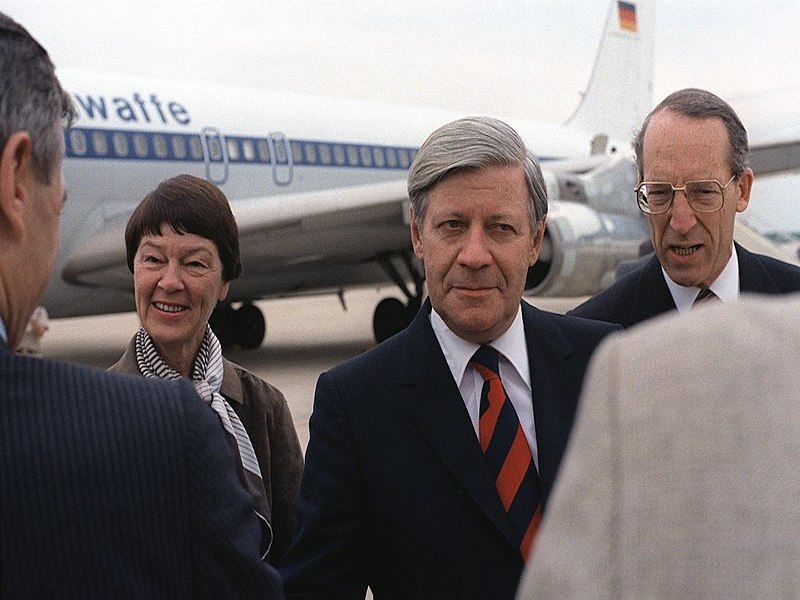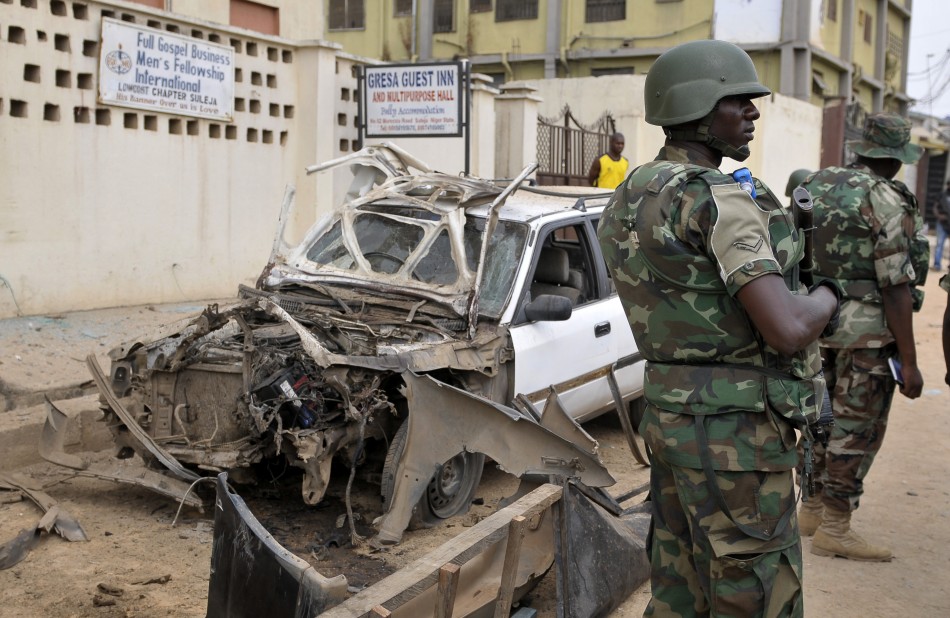Ground-launched intermediate-range missiles, a class of weapon once thought to have been eliminated from the European military equation, are again part of security relations on the continent. The US claims that Russia is in violation of the Intermediate-range Nuclear Forces (INF) Treaty with the development and deployment of an outlawed ground-launched cruise missile (GLCM) of intermediate range. Russia asserts that the missile is treaty-compliant and that it is the US that has been in breach of the treaty since it deployed a ballistic missile defence system in Romania in 2016. Moscow also sees the Trump administration’s commitment to develop a new intermediate-range GLCM as further confirmation that the Americans are looking to jettison the treaty. These developments have some observers sounding the death knell of the treaty.
For NATO today, an alliance of 29-member countries with divergent national interests, the reintroduction of intermediate-range missiles on the continent could pose serious challenges to alliance cohesion for reasons not unlike those that precipitated the Euromissile Crisis of the late Cold War period. While there exist crucial differences between the Cold War and the European security landscape today, the continent is not free from the challenges posed by long-range theatre missile dynamics.
The INF Treaty was signed in 1987 after a decade of destabilizing tit-for-tat deployments of theatre nuclear forces (TNFs) by East and West alike. Beginning in 1977, in a drive to modernize its TNF arsenal, the Soviet Union began installing a new generation of ground-launched intermediate-range ballistic missiles (IRBMs) to replace its existing fleet of SS-4 Sandal and SS-5 Skean missiles. Unlike the latter two missile systems, the new SS-20 Saber was road-mobile, contained three independently-targetable warheads and was not subject to bilateral strategic arms limitations between the superpowers because its range of approximately 5,000km was just shy of the Strategic Arms Limitation Talks threshold. The SS-20 was therefore “Eurostrategic” — a rocket of theatre-range but of strategic consequence.
European leaders, most notably German Chancellor Helmut Schmidt, considered the SS-20 a potential game-changer for extended deterrence — a gap in NATO’s ability to flexibly respond in the event of an escalatory scenario in which the USSR threatened or staged a limited attack on Western Europe. Schmidt asserted that NATO had no adequate theatre weapon to counterbalance the SS-20. The worry was that in the event of a theatre-level missile threat vis-à-vis Western Europe, Soviet strategic nuclear forces would be able to hold the US strategic deterrent in check, undermining the credibility of the transatlantic alliance. (Would Washington risk New York to protect Bonn?). The TNF capability gap, in other words, left NATO susceptible to decoupling and to nuclear blackmail.
Using language reminiscent of the late 1970s, US military commanders warn of the decoupling potential of the Russian missile that Washington claims is non-compliant with the treaty, designated the SSC-8 Screwdriver by NATO. US Gen. Curtis Scaparrotti, Commander of EUCOM, asserts that “Russia’s fielding of a conventional/nuclear dual-capable system that is prohibited under the INF Treaty creates a mismatch in escalatory options with the West.” “The system itself,” adds the Vice Chairman of the Joint Chiefs of Staff, US Air Force Gen. Paul Selva, “presents a risk to most of our facilities in Europe and we believe that the Russians have deliberately deployed it in order to pose a threat to NATO and to facilities within the NATO area.” General John Hyten, the commander of US Strategic Command, acknowledges that the US has “no defence” against the SSC-8, “especially in defence of our European allies.”
Whether the Alliance could summon the political will to respond as decisively as it did in 1979 is an open question. Most member-countries would agree with Lithuania’s NATO Ambassador, Vytautas Leskevicius, that the SSC-8 introduces “a high degree of uncertainty and instability.” Whereas Russian missiles are deployed on Russian territory, if NATO were to respond in kind, ground-launched missiles would have to be located on the territory of host countries — and likely in more than one country in the interests of burden-sharing, non-singularity and force dispersal — with all the attendant political implications such hosting decisions entail. The visibility of land-based missiles is perceived to demonstrate resolve more effectively than, say, sea-launched missiles, which is one reason why NATO chose to deploy ground-launched IRBMs and GLCMs in 1979. Pressure would mount to host any new weapons on NATO members’ soil. The effect of public antipathy towards missile deployments — dubbed “Hollanditis” during widespread opposition to TNFs in the Low Countries during the Euromissile Crisis — likely would afflict far more NATO countries today.
What’s more, the current US administration may not be willing to undertake a concerted effort to counter new missiles if it meant reinforcing mutual defence guarantees with countries it often perceives as free-riders. The administration did adopt an INF Treaty Integrated Strategy that sets out diplomatic, economic and military tools designed to induce Moscow to return to treaty compliance, combining inducements to retain the treaty while threatening to develop US countermeasures. Just as NATO used Pershing IIs and GLCMs to incentivize Moscow to halt deployment of the SS-20 and negotiate arms limitations, today the US administration has signalled its intention to halt the planned development of a new nuclear-capable sea-launched cruise missile if Russia comes back into compliance with the treaty.
Yet on the INF Treaty — like much else in current US-NATO policy — there is a disconnect between White House pronouncements and policy in Washington. On the one hand, the current US president is inclined toward a narrow transactional view of military alliances and may not be sympathetic to countermeasures that bolster extended deterrence. On the other, Congressional Republicans are not likely to countenance a situation in which Russian arms control non-compliances go unchecked. In February 2017, the same week of the reported garrisoning of two SSC-8 battalions in Russia, three US senators introduced legislation that would authorize the US to develop a program of record for a new mobile and intermediate-range GLCM. “If Russia is going to test and deploy intermediate range cruise missiles,” they declared, “then logic dictates that we respond.” One such response set out in the bill included bolstering America’s “nuclear forces in Europe” to incentivize Russian compliance. Building on the momentum of the bill, the 2017 National Defense Authorization Act allocated $58 million to the development of a new intermediate-range GLCM.
The challenge, however, will be the Trump administration’s willingness to deploy such a missile in Europe. Mixed messaging and vacillation emanating out of the White House would do little to alleviate European fears of decoupling. European NATO members may eventually opt to strengthen existing independent national deterrents or develop new ones if they come to believe Washington’s mutual defence pledges are unreliable. Indeed, there are already signs that the hitherto unthinkable policy option of a “Eurodeterrent” is under consideration in European capitals.
Recognizing where Europeans would find themselves if the INF Treaty were to founder, Germany’s foreign minister, Sigmar Gabriel, intoned at the 2018 Munich Security Conference that “we at the heart of Europe would once again be directly in the sights of nuclear conflict.” That stark reality is what hastened the efforts of the INF Treaty’s architects and what ought to hasten efforts to preserve the treaty. Alas, the continent is instead confronting another arms race.
Photo: Chancellor of West Germany Helmut Schmidt (1981) Credit: Montgomery via Credit: U.S. DefenseImagery.
Disclaimer: Any views or opinions expressed in articles are solely those of the authors
and do not necessarily represent the views of the NATO Association of Canada.




